- Pine Cliff Resort
- Campgrounds & RV Parks
- Arizona
- Yavapai County
- Prescott
- Campgrounds & RV Parks in Bannie Mine Road
- First Campsite
First Campsite Introduce
The term "First Campsite" is not a specific, named campground but rather a conceptual entry point into the broad and varied world of "Campgrounds & RV Parks." It represents the initial camping experience for a newcomer, or the very first site one encounters or considers within a larger park or region. Therefore, introducing "First Campsite" requires a comprehensive overview of what a typical first-time camper might expect, covering the general characteristics found across the spectrum of camping facilities available under this platform category. This objective introduction will detail the common environments, services, features, and promotional aspects relevant to a wide array of camping scenarios, from highly developed RV resorts to more rustic tent sites, acknowledging that the "First Campsite" for one person might be vastly different from another's.
The environment of a "First Campsite" can range dramatically, largely depending on whether it's within a developed campground, a primitive public land area, or a private RV resort. A common "First Campsite" might be situated in a national or state park, nestled among mature trees like pines, oaks, or aspens, offering natural shade and a sense of immersion in a forest environment. Such environments often feature natural landscapes, including hills, valleys, or proximity to bodies of water like lakes, rivers, or coastlines. For example, a "First Campsite" near a beach (like at a state beach park) would offer a coastal environment with sand, ocean breezes, and the sounds of waves. Alternatively, a "First Campsite" in a desert region might be characterized by sparse vegetation like cacti and scrub, with vast open skies and dramatic sunsets. In an RV resort, while still often aiming for a natural feel, the environment might be more manicured, with paved roads, landscaped common areas, and less dense natural foliage. The environment of a "First Campsite" is designed to provide a natural escape, whether it's the crisp air of the mountains, the tranquility of a lakeside, or the expansive views of an open desert, offering a distinct contrast to urban settings and providing opportunities for quiet reflection and appreciation of nature.
The services offered at a "First Campsite" are highly dependent on the type of campground. For a developed campground, a "First Campsite" will typically include a designated camping pad (level and often gravel or asphalt) suitable for a tent or RV. Essential services usually include a picnic table and a fire ring or grill, allowing for outdoor cooking and campfires (subject to local fire restrictions). Access to potable drinking water is a common service, often available at communal spigots or even individual site hookups in more modern campgrounds. Restroom facilities are almost always provided, ranging from vault toilets in more rustic settings to modern flush toilets with hot showers in well-equipped parks. Many RV-specific "First Campsites" will offer full hookups: electrical connections (20, 30, or 50 amp), water, and sewer connections, providing maximum convenience for recreational vehicles. Some campgrounds may offer additional services like dump stations for RV waste, laundry facilities, a camp store for supplies and firewood, and potentially Wi-Fi access (though often limited or at an extra cost). Services generally aim to provide a comfortable and convenient experience, ensuring basic needs are met while allowing campers to enjoy the outdoor setting. The presence of park rangers or camp hosts is also a valuable service, providing assistance, enforcing rules, and ensuring safety.
The features of a "First Campsite" are designed to enhance the camping experience and accommodate various preferences. Individual campsite features commonly include a reasonably level area for tent setup or RV parking. The size of the site is an important feature, dictating the number of tents, vehicles, and occupants allowed. Shade availability, from natural tree cover to shade structures, is a sought-after feature, especially in warmer climates. Beyond the immediate site, the features of the broader campground or park are significant. These can include access to recreational opportunities such as hiking trails, fishing spots, swimming areas (lakes, rivers, or pools), and playgrounds for children. Some "First Campsites" might be situated near a visitor center, offering educational exhibits and interpretive programs. For RV parks, features might extend to clubhouses, game rooms, pet parks, and organized activities, fostering a community feel. Accessibility features, such as ADA-compliant restrooms and accessible campsites, are increasingly common. The sense of privacy, or conversely, the opportunity for social interaction, are also key features. The physical layout, such as pull-through sites for easy RV maneuvering or secluded back-in sites for more privacy, contributes to the overall appeal of a "First Campsite." The presence of natural attractions like scenic overlooks, waterfalls, or unique geological formations nearby is often a defining feature that draws campers to a particular area.
In terms of promotional information, a "First Campsite" is marketed through various channels within the Campgrounds & RV Parks category. This includes official park websites (for public campgrounds), private campground websites, online reservation platforms (like Recreation.gov or ReserveAmerica), and third-party camping directories and review sites. Promotional materials often highlight key selling points such as "family-friendly," "pet-friendly," "secluded," "full hookups available," or "direct access to ." High-quality photographs and virtual tours are frequently used to showcase the beauty of the environment and the quality of facilities. Pricing structures (per night, weekly, monthly rates), any applicable discounts (e.g., senior discounts, military discounts, club memberships like Good Sam or AAA), and booking policies (reservation windows, cancellation rules) are clearly communicated. Seasonal availability and peak season advisories are also crucial promotional details. Encouragement for early booking, especially for popular "First Campsites" during holidays or summer, is common. Reviews and testimonials from previous campers often serve as powerful promotional tools, offering authentic insights into the experience. Information about local attractions, nearby towns, and activities beyond the campground itself is often provided to entice visitors and help them plan their trip. Finally, safety guidelines, fire restrictions, and "Leave No Trace" principles are often included in promotional materials, emphasizing responsible camping practices and ensuring a positive experience for all users and the preservation of the natural environment for future "First Campsites." The comprehensive nature of this information ensures that potential campers can make informed decisions when choosing their ideal "First Campsite."
Location
ArizonaYavapai CountyPrescottBannie Mine Road
Customer Reviews
More Places to Explore Nearby
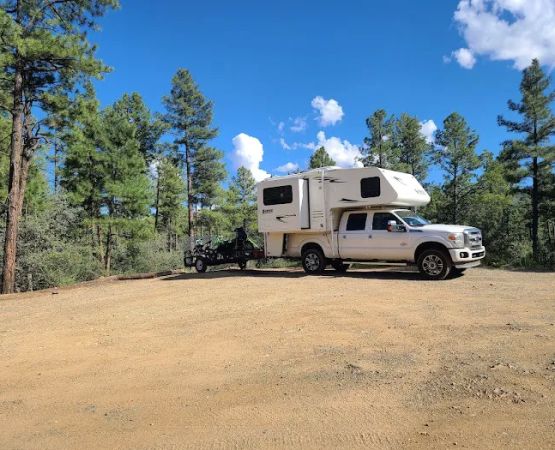
Prescott Basin Dispersed Campsite 2
Bannie Mine Rd, Prescott, AZ 86303, USA
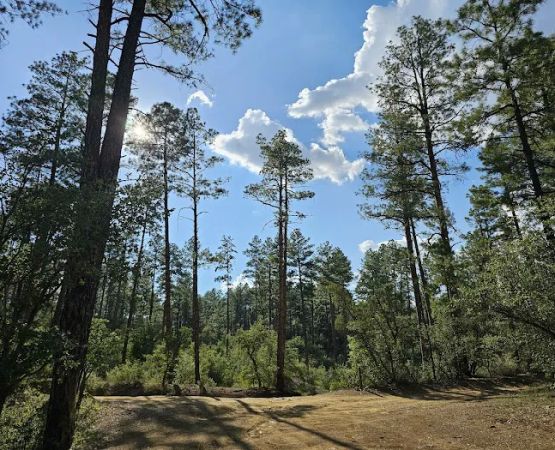
Enchanted Forest Trail Campground
Prescott, AZ 86303, USA
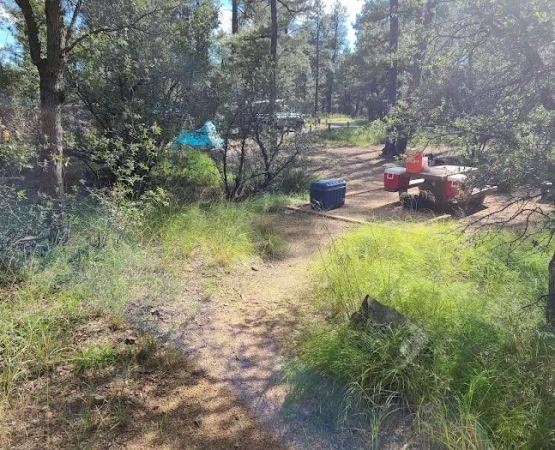
Hilltop Campground Loop A
Prescott, AZ 86303, USA
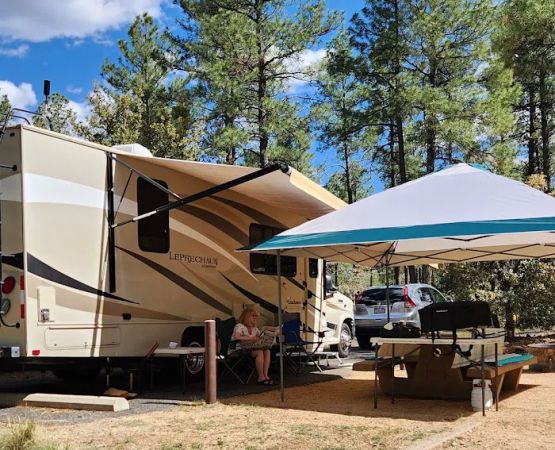
Hilltop Campground
Walker Rd, Prescott, AZ 86303, USA
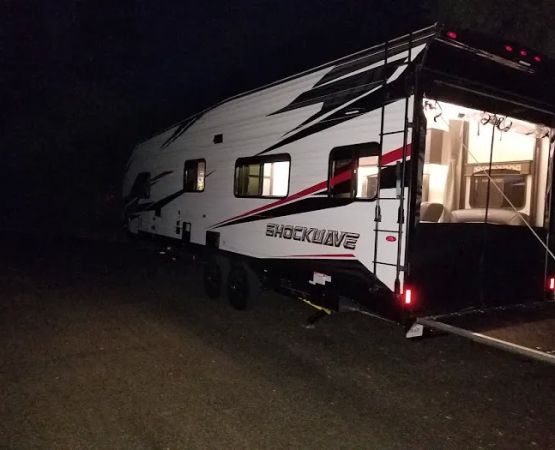
Hilltop Campground Loop B
Prescott, AZ 86303, USA
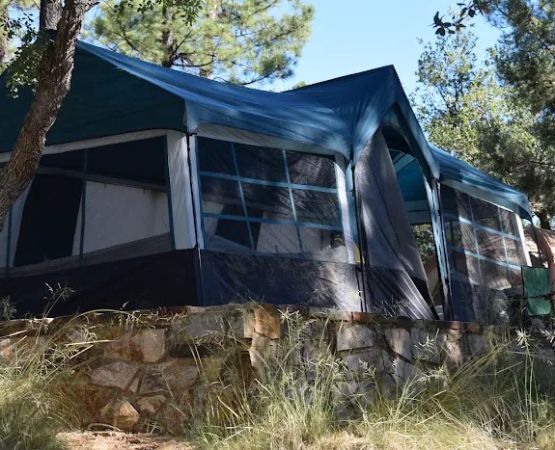
Hilltop Campground Loop C
Hilltop Campground Loop C, Prescott, AZ 86303, USA
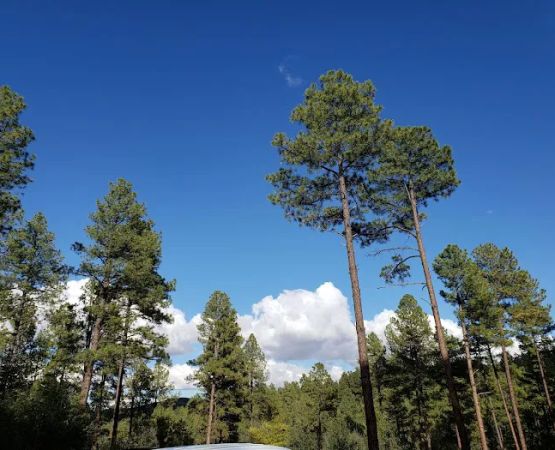
Eagle Ridge Group Campground
Fr 623, Prescott, AZ 86303, USA
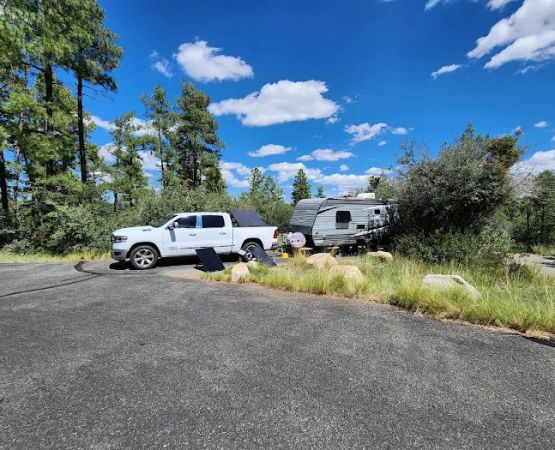
Lynx Campground
Walker Rd, Prescott, AZ 86303, USA
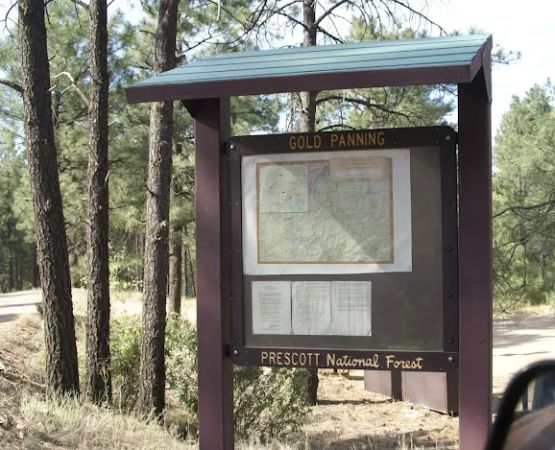
Lynx Creek Gold Pan Day Use Area
S Lynx Creek Rd, Prescott, AZ 86303, USA
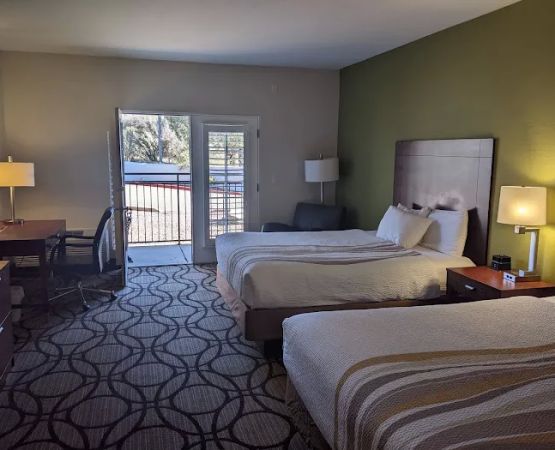
La Quinta Inn & Suites by Wyndham Conference Center Prescott
4499 AZ-69, Prescott, AZ 86301, USA

Hampton Inn Prescott
3453 Ranch Dr, Prescott, AZ 86303, USA
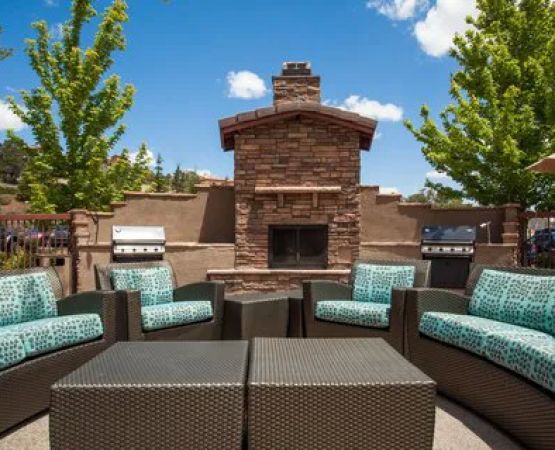
Residence Inn Prescott
3599 Lee Cir, Prescott, AZ 86301, USA
Categories
Popular Campgrounds & RV Parks
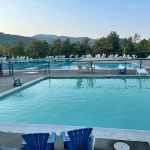 Graves Mountain Farm & Lodges4.0 (555 reviews)
Graves Mountain Farm & Lodges4.0 (555 reviews)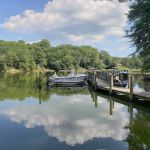 Glebe Point Campground4.0 (20 reviews)
Glebe Point Campground4.0 (20 reviews)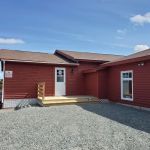 Irish Loop Resort Ltd4.0 (44 reviews)
Irish Loop Resort Ltd4.0 (44 reviews)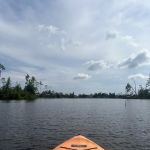 Deerhaven RV Park3.0 (75 reviews)
Deerhaven RV Park3.0 (75 reviews)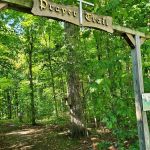 St. Lorenz Churchgrove & Campground4.0 (132 reviews)
St. Lorenz Churchgrove & Campground4.0 (132 reviews) Motel 6 Silver City, NM3.0 (805 reviews)
Motel 6 Silver City, NM3.0 (805 reviews)Must-Read Camping & Outdoor Blog Posts
Most Searched Japanese Restaurant Sites
Trending Camping & Outdoor Blog Posts
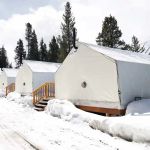 Winter Glamping Retreats in the U.S. You Didn’t Know About
Winter Glamping Retreats in the U.S. You Didn’t Know About Best Family-Friendly Campgrounds with Playgrounds and Kids’ Activities
Best Family-Friendly Campgrounds with Playgrounds and Kids’ Activities Top Family-Friendly Resorts Near Outdoor Adventure Destinations
Top Family-Friendly Resorts Near Outdoor Adventure Destinations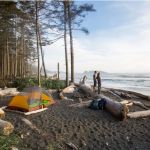 Top-Rated Campgrounds for Exploring National Forests
Top-Rated Campgrounds for Exploring National Forests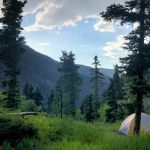 Top-Rated Camping Spots Near Scenic Trails: Explore the Best Outdoor Getaways
Top-Rated Camping Spots Near Scenic Trails: Explore the Best Outdoor Getaways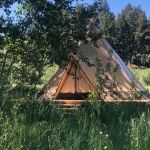 Affordable Luxury Camping Experiences at Top Resorts
Affordable Luxury Camping Experiences at Top Resorts 